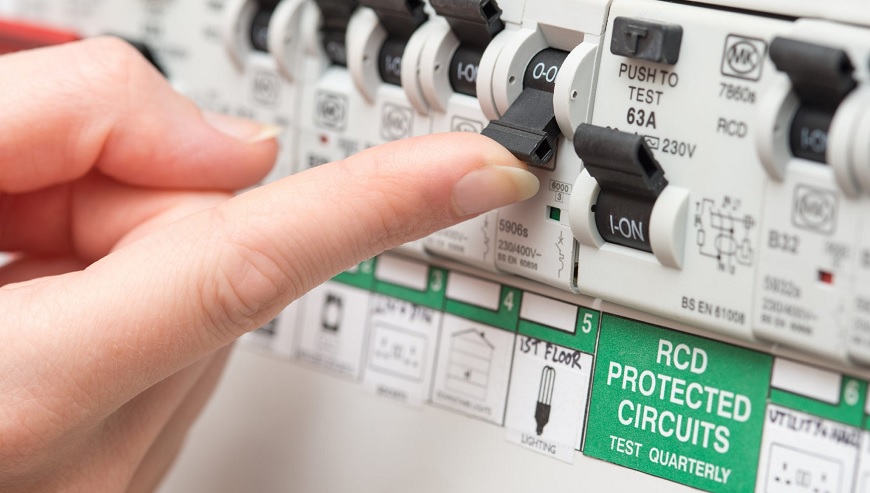
Residual Current Devices (RCDs) play a critical role in electrical safety by preventing electric shock and reducing the risk of electrical fires.
But when it comes to leased commercial properties in Australia, a common question arises: who is responsible for ensuring RCDs are tested and maintained—the landlord or the tenant?
Understanding Legal Responsibilities
In Australia, workplace electrical safety is governed by Work Health and Safety (WHS) laws, state-based electrical safety regulations, and leasing agreements. The responsibility for testing RCDs generally depends on the specifics of the lease agreement and the nature of the tenancy.
Landlord’s Responsibilities
Landlords are typically responsible for ensuring that the electrical infrastructure of the building, including fixed RCDs installed at the switchboard, complies with relevant safety regulations. This includes:
- Installing RCDs where required by law.
- Ensuring electrical systems are in a safe and compliant condition at the commencement of the lease.
- Conducting necessary inspections and upgrades as part of property maintenance.
Tenant’s Responsibilities
Tenants, as business operators, have a duty to ensure the electrical safety of their workplace under WHS laws. Their responsibilities usually include:
- Testing and maintaining RCDs that protect their equipment, including portable and socket-outlet RCDs.
- Ensuring electrical appliances and systems are used safely.
- Organizing regular RCD testing as required under AS/NZS 3760:2022 for workplace safety compliance.
Lease Agreement Considerations
The lease agreement often outlines specific responsibilities regarding electrical maintenance. Some leases may stipulate that tenants are responsible for all RCD testing and compliance, while others may place this obligation on the landlord. It is crucial to review lease terms carefully and, if necessary, clarify responsibilities with the property owner or manager.
Consequences of Non-Compliance
Failure to test and maintain RCDs can lead to severe consequences, including:
- Increased risk of electrical accidents.
- Non-compliance penalties under WHS and electrical safety laws.
- Potential liability in the event of workplace injuries or fatalities.
Best Practices for Compliance
- Landlords: Schedule regular inspections of fixed electrical systems and ensure compliance with safety regulations.
- Tenants: Implement an electrical safety testing regime, including routine RCD testing, to comply with WHS obligations.
- Both parties: Clearly define responsibilities in the lease agreement and maintain open communication about electrical safety requirements.
Need Assistance with RCD Testing?
If you’re unsure about your RCD testing responsibilities or need professional testing services, our team can help ensure your business stays compliant with Australian safety standards. Contact us today for expert advice and reliable testing solutions.
By understanding and fulfilling your obligations, you can ensure a safer workplace and avoid legal and financial risks associated with non-compliance.
Get a free quote
"*" indicates required fields